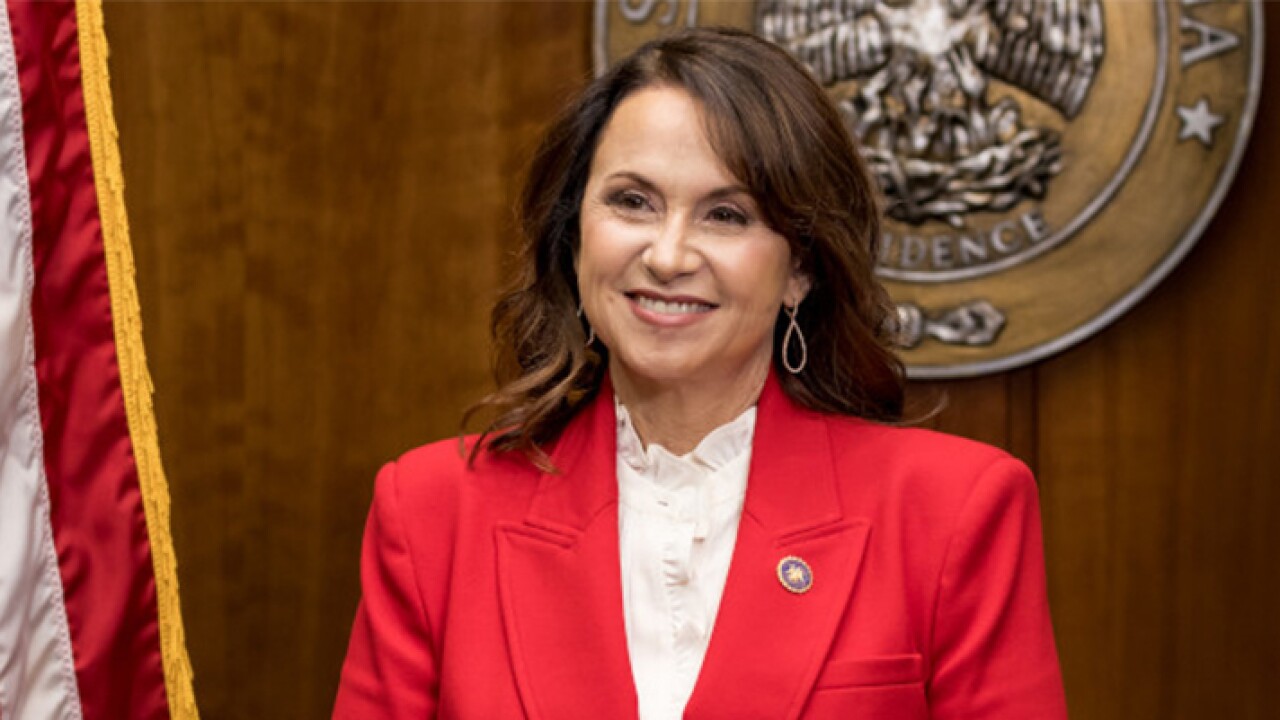A gauge of underlying U.S. inflation unexpectedly cooled in August as apparel prices fell by the most in about seven decades and medical-care costs declined, offering Americans a respite from accelerating price gains.
Excluding volatile food and energy costs, the core consumer price index rose 2.2% in August from a year earlier, compared with the 2.4% median estimate of economists surveyed by Bloomberg News, a Labor Department report showed Thursday. The broader CPI slowed to a 2.7% annual gain from 2.9%.

The cooling of price gains, along with what last week's jobs report showed was the fastest wage increase since 2009, meant inflation-adjusted hourly pay rose 0.2% from a year earlier, following a 0.1% decline in August.
The moderation in the core gauge partly reflects a 1.6% monthly drop in apparel prices, a component that tends to be volatile. Even so, the broader slowdown follows data showing a surprise drop in producer prices and suggests the path of inflation could be softer than expected. At the same time, freight prices and rising wages, along with tariffs and counter-levies, may keep putting upward pressure on inflation.
Federal Reserve policy makers are widely expected to raise interest rates later this month, though a more persistent slowdown in inflation could affect their outlook for future increases.
The core CPI rose 0.1% from the prior month, compared with the median estimate of economists for a 0.2% gain, and followed an annual increase of 2.4% in July. The broader CPI was up 0.2%, less than forecasts for a 0.3% increase. It was expected to rise 2.8% from a year earlier.
Besides apparel, the index for medical care fell 0.2% for a second month. The shelter category, which accounts for about one-third of the CPI, showed a 0.3% gain, in line with recent increases. Prices of new automobiles were unchanged, the first month without a gain since April, while used cars and trucks rose 0.4%.
Airfares rose 2.4% following a 2.7% advance in July, amid higher fuel prices, one of the biggest costs for airlines.
The Fed's preferred gauge of inflation — a separate consumption-based figure from the Commerce Department — came in above the central bank's 2% goal in July, and the figure tends to run slightly below the Labor Department's CPI. August numbers are due on Sept. 28, after the Fed's two-day meeting.
Seasonally adjusted gasoline prices increased 3% in August from the prior month, the most since April, and were up 20.3% over the past 12 months.
The increase in the core CPI brought the three-month annualized gain to 1.96%, after 2.33%.
Energy prices rose 1.9% from previous month; food costs advanced 0.1%.
The CPI is the broadest of three price gauges from the Labor Department because it includes all goods and services. About 60% of the index covers the prices that consumers pay for services ranging from medical visits to airline fares, movie tickets and rents.





